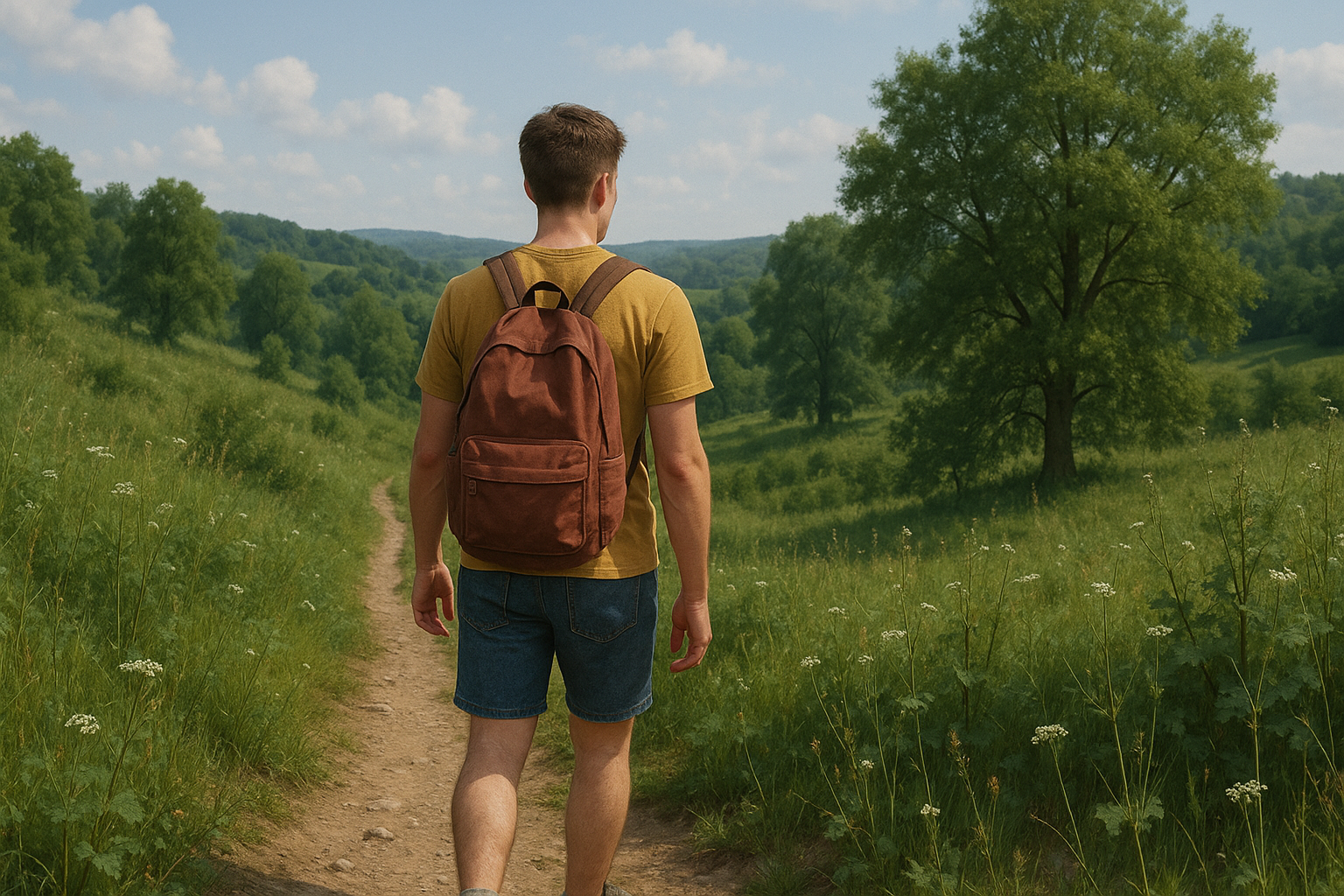Self-Care in Nature: 10 Realistic Practices
By Julia Page, LICSW
Writers and philosophers have long endorsed an escape to nature as a psychological and spiritual act of self-care. More recently, scientific studies have also pointed to the benefits of spending time in nature. Nature can offer peace, solitude, joy, freedom and a slower pace. There is also some evidence that spending time in nature has positive impacts on mood, attention, and stress management.
The modern world doesn’t always make it easy to find connection in nature. We live in an increasingly fast-paced, online world, have daily work and school responsibilities, are constantly connected to technology, and may just have limited access to green spaces.
Given how hard it is to find time outdoors, it’s even more important to be intentional when we do get the opportunity. There are several ways to include nature into our daily or weekly routines without dedicating several months in a remote cabin or on a backwoods hiking trail.
Schedule distraction-free walks. Make time to take even a 10 minute walk without your phone or air pods in. Use the time to let your thoughts wander or notice all the things around you.
Grounding practice using the five senses. Find a comfortable place to sit outside and go through each of the five senses, noticing things you can see, smell, taste, feel and hear around you. Notice how this experience is different from when you are inside.
Grow something. Even if your outdoor space is limited, you can get a small pot and soil and attempt to grow something that you will enjoy looking at, eating, or taking care of. Try to take time daily to check on your plant, water or prune it, and notice any progress or growth.
Research a nature preserve or state park in your area to visit. Whether or not you have access to outdoor space, going somewhere new or out of your comfort zone can be a refresh to your system. And most are free or low-cost.
Exercise. Instead of retreating inside to a gym or following a video at home, take your workout outdoors. Running, biking, hiking, yoga, walking, or swimming, are just a few options that can easily be taken outside.
Learn or discover something new. Maybe you join a birdwatching group (or start your own), pick up a book about identifying local flowers and herbs, or research what plants might best grow in your climate zone.
Create art. Draw or paint what you see in nature. Write a poem or essay on observations outside. The possibilities for crafts and projects are endless, and there are options to include kids!
Visit a local farmer’s market or farm. Options may vary depending on if you live in the city or country, but even many urban areas host farmer’s markets. Whether they come to you or you go to them, many local farmers and businesses are happy to connect and talk to you about what they do. Here are a few resources whether you are in RI, MA, or CT.
Meditate outdoors. Find a comfortable spot to meditate outside. This does not have to be picture perfect in a field of wildflowers or by a trickling stream. Meditation is all about finding calm within, no matter the setting - though being away from our everyday distractions may help.
Make a point to see the sunrise or sunset. Starting or closing the day with the sun can be simple yet powerful. Psychologically, there might be a sense of calm and connectedness with nature. Physiologically, our circadian rhythm is also connected to natural light exposure. This practice may help with more regular and better quality sleep.
At REACH, although we are a fully virtual program, our team encourages frequent screen breaks and helps teens plan for afternoon and evening activities that balance out the screen time.
While the above tips are meant to serve as ways to support mental health and well-being, they are not meant to replace robust or targeted treatment for those struggling with mental health diagnoses. Bradley Hospital is committed to offering high quality treatment in a variety of platforms and modalities. If you or a loved one have questions about treatment options, please don’t hesitate to reach out.

